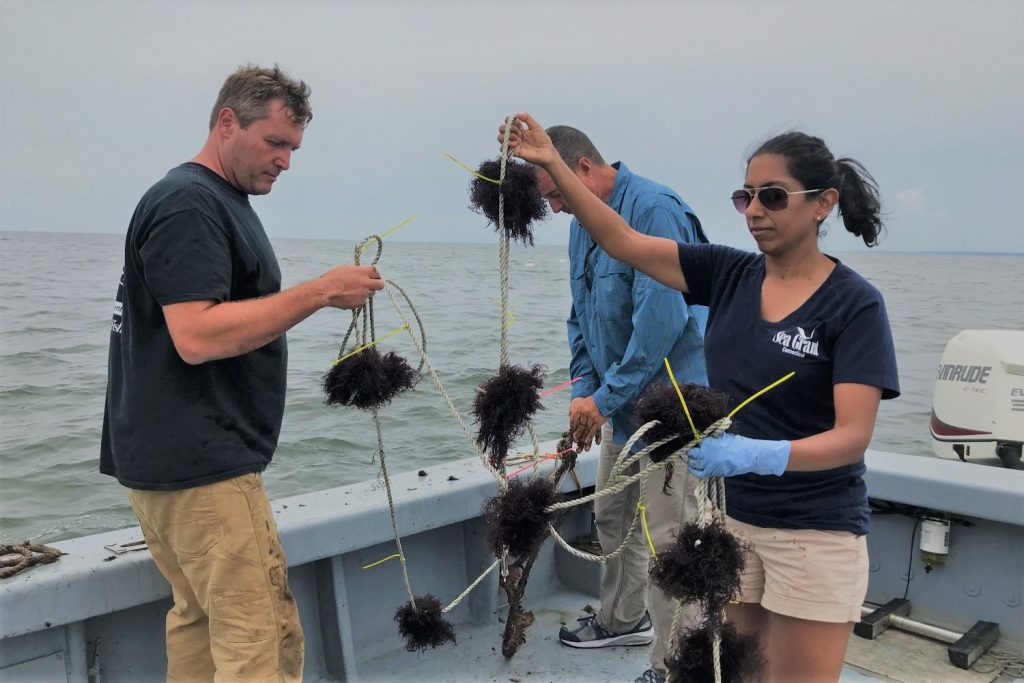New Haven County
UConn Asylum Clinic Alumni Participate in CT Afghan Asylum Project
'This is critically important in our community. These individuals are struggling even more than any of us can understand'
December 6, 2022 | Diana Nearhos, UConn School of Law
New Trial Targets Reducing Risk Behaviors, Increasing PrEP Adherence for People who Use Drugs
This study will work with people who use drugs and have cognitive impairment, helping them reduce risky sex- and drug- related behaviors and increase adherence to PrEP
November 30, 2022 | Anna Zarra Aldrich '20 (CLAS), Office of the Vice President for Research
Husky Harvest Aims to Help Regional Campuses with Food Insecurity
Students, faculty, community groups, merchants, and others join together to address growing need
November 21, 2022 | Kimberly Phillips
Under Pressure: Rethinking CT’s Coastal Land Use and Adaptation Strategies
The sea level is rising, and the clock is ticking in the effort to make Connecticut's coastline more resilient in the face of climate change
October 12, 2022 | Elaina Hancock
UConn, SCSU Partner on Postgrad Research Program for Underserved Communities
The NSF-funded program will help participants learn skills to be more competitive and prepared for jobs in fields like biotechnology
September 19, 2022 | Matt Engelhardt
Seaweed is on the Menu with Connecticut’s Sugar Kelp Industry
A team from UConn is using innovative research and community outreach to help make this novel food more accessible for consumers and more profitable for producers
September 9, 2022 | Stacey Stearns, UConn Extension, College of Agriculture, Health and Natural Resources
Allied Health Major Lets Students Make a Difference Close to Home
Emelis Santos '24 is among a growing number of students choose allied health sciences at UConn Waterbury to give back to their communities
August 29, 2022 | Anna Zarra Aldrich, College of Agriculture, Health and Natural Resources
E-STEAM Ahead: CT High Schoolers to Become ‘Eco-Digital’ Storytellers Through Interdisciplinary Grant
An interdisciplinary group of UConn researchers is leading an effort to empower high school students to become "Eco-Digital" storytellers in their communities.
August 10, 2022 | Anna Zarra Aldrich '20 (CLAS), Office of the Vice President for Research
Pratt & Whitney Scholar Comes Into His Own at UConn
'I have the opportunity to be myself here at UConn, to be the person I always wanted to be'
July 22, 2022 | Grace Merritt, UConn Foundation
Tree Hugger: Alyssa Cleland Learns the Arborists’ Ropes
One of few females in the field, Alyssa Cleland soars to new heights in her training to be a licensed arborist
July 21, 2022 | Anna Zarra Aldrich, College of Agriculture, Health and Natural Resources









